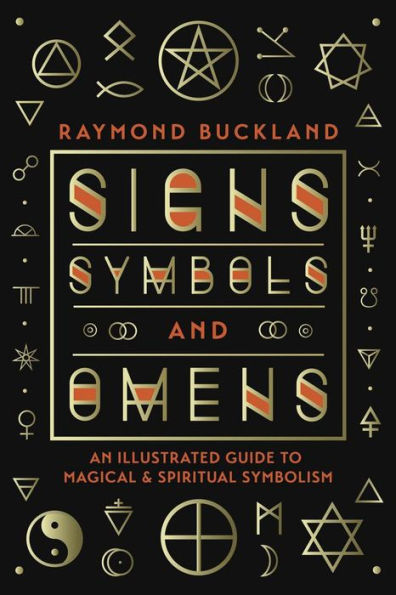Read an Excerpt
Alchemy
Some scholars say the name alchemy comes from the Greek cheo, meaning "I pour" or "I cast," since much of alchemy has to do with the working of metals. But many believe the word comes from the Egyptian Khem, meaning "the black land" (land with black earth), and see that as indicating Egypt as alchemy's place of origin. The Arabic article al was added to Khem to give alchemy. Later, as the science (some call it a pseudoscience) progressed, the article was again dropped, to become chemistry. Alchemy certainly is the early history of chemistry. There was an early Egyptian alchemist whose name was Chemes. He wrote a book, called Chema, about his experiments trying to turn base metal into gold. Some few believe that the word alchemist comes from his name.
Whatever the origin of the word, it seems certain that the practice of alchemy had its beginnings in the Hellenistic culture of Alexandria, Egypt, which was the center of the world of learning at that time. In fact alchemy is a blending of Egyptian technology, Greek philosophy, and Middle Eastern mysticism. The first alchemists were the metallurgical workers who prepared precious metals for the nobles but also produced cheap substitutes for the less affluent. These cheaper substitutes were often disguised to look like the more precious metals. It didn't take long for the idea to develop that it might be possible to actually produce the precious metals themselves. This idea, in fact, was backed by Aristotle's theory that there was a prime matter that was the basis for all substances. Astrology added the concept that the greater outer world of planets and stars reflected the inner world of humankind: a macrocosm and a microcosm. It was believed that under the proper astrological influences, it should be possible to change one metal into another; for example, lead into gold. In the same way that humankind perfected, going through death and rebirth, so might metals perfect and grow from one base form to another higher form.
The "Philosopher's Stone" was the term given to a stone that—if it could be developed—would serve as the catalyst to transform metals and other raw material into gold. Although referred to as a stone, it was not necessarily an actual stone for it was believed that it might be a combination of fire and water, or other unlikely mixtures.
So the original alchemy became an operation of passing substances through a series of chemical processes. The actual workings were noted, but in symbolic form to protect them from the dabblers and the uninitiated, and also to protect the alchemists themselves from charges by the Church that they were involved in heresy. The metals were represented by the astrological sign of the controlling body, and frequently the components and the actions were assimilated with Greek and Roman myths and mythological beings. The more the individual alchemists tried to hide and protect the results of their experiments, the more obtuse and confusing became much of what they did and said. In describing necessary actions, they used language such as: "When we marry the crowned king with the red daughter, she will conceive a son in the gentle fire...the dragon shuns the light of the sun, and our dead son shall live. The king comes forth from the fire and rejoices in the marriage."1
Hermes Trismegistus, also known as "Thrice Great Hermes" (it is from his name that the term the hermetic art was given to alchemy), has been variously described as an earthly incarnation of the Egyptian god Thoth and as an Egyptian priest, or a pharaoh, who taught the Egyptians all their magic. He is credited with having written several thousand books, including the Emerald Tablet, or Tabula Smaragdina, which contained all the hermetic teachings—the thirteen precepts—including the fundamental principles for the Grand Arcanum, or "great secret." There are many references to the Emerald Tablet in alchemical writings.



